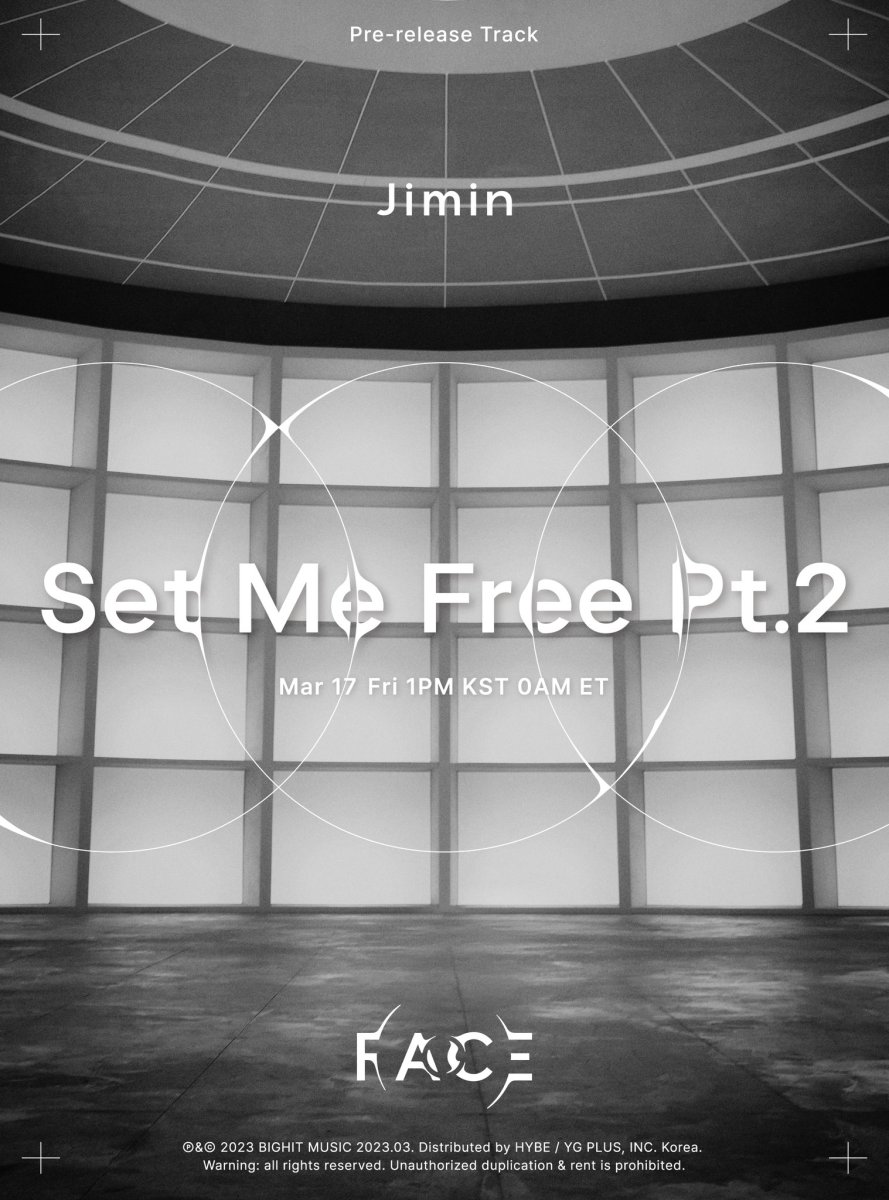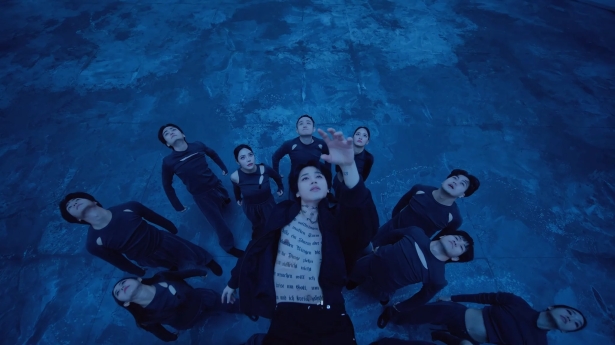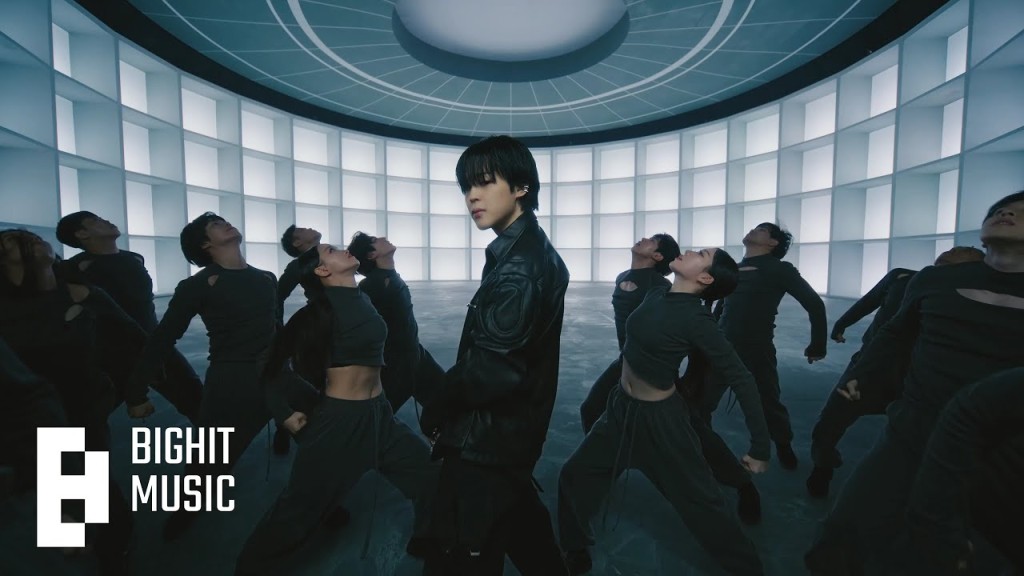
Jimin’s “Set Me Free: Part 2” is a spiritual successor and not a sequel to Agust D’s (Min Yoongi) “Interlude: Set Me Free” (which it was speculated to be from the title of the track), the ninth track on his second mixtape, D-2, which was released on the 22nd May 2020. A mere two minutes and nineteen seconds, “Interlude: Set Me Free”, is an introspective song about the ups and downs of superstardom and expresses uncertainty over the future, while Jimin’s “Pt.2 is future forward-looking. A pre-release from his first solo album, Face, “Set Me Free: Pt.2 ” announces Jimin’s arrival as a solo artist with a fierceness which demands our attention.
Jimin’s unique vocal technique and range is utilised fully here including falsetto, his light and airy head voice and his normal voice. His vocal skills allow fluidity within which messa di voce is used to express feminine and masculine tones. In addition, auto-tune is added to give a future-forward sound through its robotic tonality as well as signifying dehumanisation and representing an explicit criticism of the idol as a product (or indeed any celebrity). The song ends with Jimin’s natural voice, signalling rehumanisation which is reflected in his change of costume from black to white.
 Park Jimin / Set Me Free Pt. 2 / Image © BIGHIT MUSIC
Park Jimin / Set Me Free Pt. 2 / Image © BIGHIT MUSIC
The music video is directed by Oui Kim, whose aesthetic sensibility as shown through his visual storytelling, is a perfect accompaniment to Jimin’s tonal and physical fluidity. Stylistically reminiscent of BTS’s “Fake Love” and “Black Swan”, the MV takes inspiration from the stages of the moon, as time passes, light disperses dark, presenting and representing a rebirth. The MV is divided into three acts with transitions at 1:55 and 2:30, which are also expressed through vocalisation and instrumentation, and stage Jimin’s search for self-determination.
The colour palette at the beginning is dominated by black, a colour which represents death and despair, but can also be understood as signifying rebellion. The song begins with choral vocalisation, which helps to create an otherworldly atmosphere, before Jimin starts singing, his voice distorted through the use of auto-tune: “I got a good time / Yeah, time to get mine”. The use of auto-tune here adds to the futuristic feeling of the song. Jimin switches seamlessly between auto-tune, normal voice and falsetto here. The final lines of the first verse are defiant ones, and see Jimin switching from auto-tune to falsetto: “I never stop, fuck all your opps / Finally free-e-e”. In addition, vocal and instrumental layering throughout the song foregrounds the multiplicity of personas, rather than situating identity as a singularity. For example, the line in the refrain: “Fly away butterfly” is a direct reference to one of BTS’s most loved songs “Butterfly” (2015). This stresses the tension between Jimin, of BTS, and Jimin, the solo performer seeking his own individual and musical identity. This is also emphasised by the last line of the pre-chorus: “Raise your hands for the past me” (here a possible visual reference to “Fake Love”).
 Park Jimin / Set Me Free Pt. 2 / Image © BIGHIT MUSIC
Park Jimin / Set Me Free Pt. 2 / Image © BIGHIT MUSIC
At the end of the chorus, darkness closes in as the light gradually disappears, signalling the beginning of the second act, which appropriately enough starts with the second verse. Here blue and reflective light is used to externally express Jimin’s inner feelings: “I got feel low / still in a maze”. The maze is a dominant theme throughout the song, which is also visually expressed in the music video. Baek Ji-eun of Sports Chosun points out that the construction of space is “reminiscent of a panopticon”, a concept which was theorised by French philosopher Michel Foucault (1926-1984) in his work on prisons and the surveillance state. Here the materiality of the dancer’s bodies is used to visualise the panopticon. While Foucault used the panopticon as a metaphor for social control within a disciplinary society, it is used here in a much more specific sense. The K-Pop industry is an unforgiving one where any mistake can end a career overnight; for BTS global dominance has come at a heavy price whereby the members are criticised for any small deviation from the industry script and find it difficult to escape from the constant demand on their time always to be producing a never-ending amount of content.
The second transition, between the second and third acts, is more subtle than between the first and second. In fact, the transition is so quick that it is easy to miss: it takes place between the lines: “I won’t stop even if they mock me” and “Going insane to stay sane”. Blue lighting is used here, contrasting with the first and second acts. Here the circle that confines Jimin is finally broken, and Jimin emerges from the maze, metaphorically reborn, his white costume a clear contrast to the black costume at the beginning.
While visually and lyrically “Let me Free: Pt. 2” intertextually references Jimin’s past persona as the lead vocal and dancer for BTS, there are other significant references to artistic and knowledge production. Of particular importance is the revelation of words written on Jimin’s chest in the second act of the song. These are taken from “Ich lebe mein Leben in wachsenden Ringen” (“I live my life in ever-widening circles”) by Austrian poet Rainer Maria Rilke (1875-1926). Rilke’s work sought to reconcile suffering with beauty, life with death, by subverting and challenging the syntax of poetry. While Rilke’s poems frequently reference God and angelic entities, the focus is on art as religion within existential materialism (an interesting aside is that Rilke’s work influenced Wenders film Wings of Desire).
“Set Me Free: Pt.2” is marked by defiance and Jimin’s quest for self-determination is one which necessitates him coming to terms with his own nature. Light displaces darkness, and order is composed from chaos. Holroyd comments on Rilke’s poetry that it was “one of the most successful attempts a modern man has made to orientate himself within his chaotic world” (2008) is applicable here. “Set Me Free: Pt.2” represents Jimin’s desire to break free from the past and to re-orientate himself in this new and unfamiliar place he finds himself in. With its release, Jimin announces himself as a solo performer to be reckoned with and creates anticipation for the drop of his solo album, Face, on March 24
Written by Dr Colette Balmain